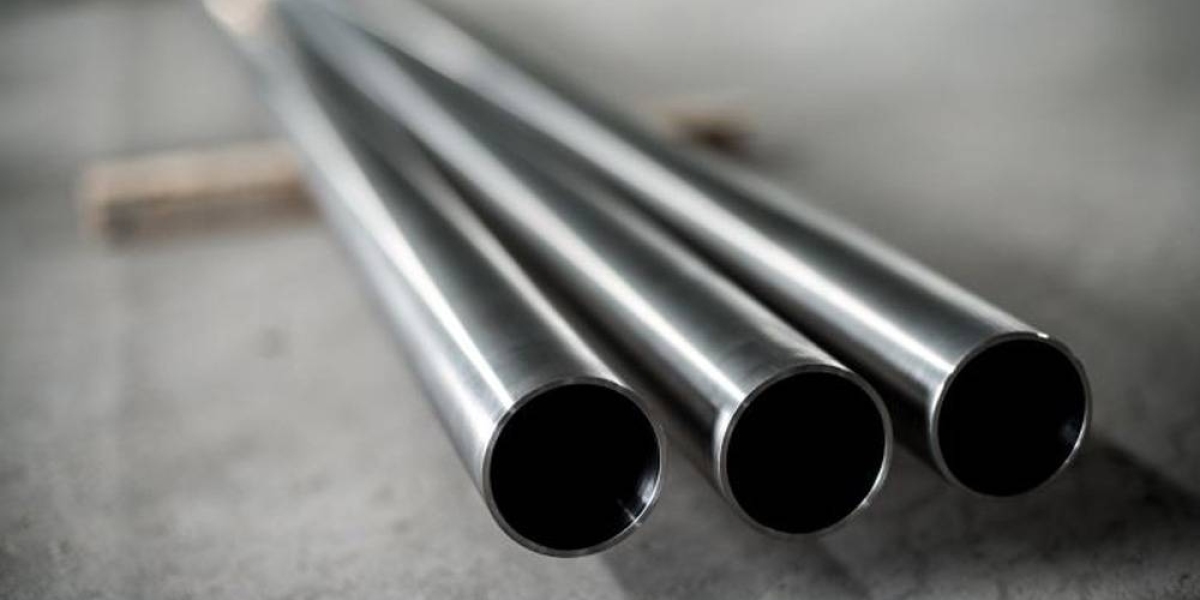Steel tubes play a crucial role in various industries, from construction and infrastructure to manufacturing and transportation. However, not all steel tubes are the same. The choice between high strength structural steel tubes and standard steel tubes depends on factors such as load-bearing capacity, durability, and application requirements. In this blog, we will compare these two types of steel tubes, discussing their advantages, differences, and ideal uses.
What Are Structural Steel Tubes?
Structural steel tubes are hollow cylindrical sections made from steel, used for support, transportation of fluids, and structural applications. They come in different grades and strengths, making them suitable for various projects. The two primary categories are standard steel tubes and high strength steel tubes.
What Are High Strength Structural Steel Tubes?
High strength structural steel tubes are specially designed for demanding applications where extra durability and strength are required. These tubes are manufactured using advanced processes to enhance their mechanical properties, making them ideal for industries that require superior performance.
Key Differences Between High Strength Steel Tubes and Standard Steel Tubes
1. Strength and Load-Bearing Capacity
High strength structural steel tubes are designed to withstand heavier loads and higher stress levels compared to standard steel tubes. Their superior yield and tensile strength make them the preferred choice for applications where structural integrity is crucial.
2. Weight and Thickness
Since high strength steel tubes offer greater strength, they can be manufactured with thinner walls while maintaining the same load-bearing capacity. This results in reduced weight, making them an excellent choice for lightweight structures and transport applications.
3. Durability and Resistance
High strength steel tubes provide better resistance to wear, impact, and harsh environmental conditions. They are less prone to deformation and corrosion, making them a cost-effective option for long-term use.
4. Applications and Industries
Standard Steel Tubes: Used in general construction, fencing, pipelines, and low-stress applications.
High Strength Structural Steel Tubes: Ideal for bridges, skyscrapers, offshore structures, aerospace, and heavy machinery manufacturing.
5. Cost and Investment
While high strength steel tubes have a higher initial cost, they offer long-term savings due to reduced maintenance and extended service life. Standard steel tubes, on the other hand, are more affordable upfront but may require frequent replacements in high-stress applications.
Benefits of Using High Strength Structural Steel Tubes
Enhanced Structural Integrity: Supports heavier loads without adding excess weight.
Reduced Material Usage: Less steel is required to achieve the same strength, reducing overall project costs.
Improved Corrosion Resistance: Suitable for harsh environments, reducing maintenance costs.
Energy Efficiency: Lighter weight contributes to fuel savings in transport applications.
Choosing the Right Steel Tube for Your Project
When deciding between standard steel tubes and high strength structural steel tubes, consider the following factors:
Load Requirements: If your project demands high load-bearing capacity, opt for high strength tubes.
Environmental Conditions: For extreme weather or corrosive environments, high strength steel tubes offer better longevity.
Budget Constraints: Balance upfront costs with long-term durability and maintenance expenses.
Conclusion
Both standard steel tubes and high strength structural steel tubes have their advantages, depending on the application. If your project requires superior strength, durability, and efficiency, high strength steel tubes are the better choice. However, for low-stress applications, standard steel tubes provide a cost-effective solution. Understanding these differences will help you select the right steel tube to meet your specific needs.


